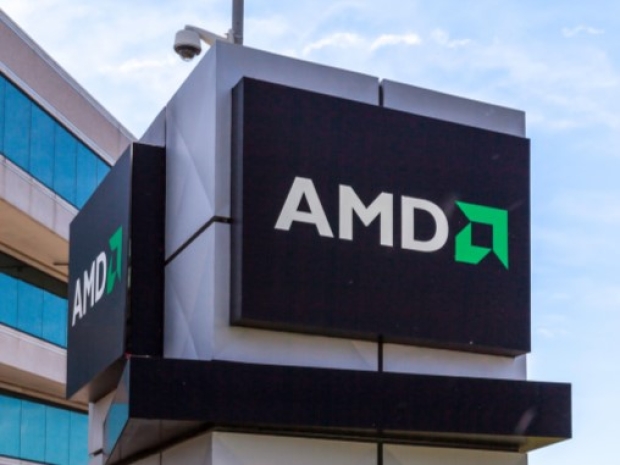This decision follows mixed Q3 earnings and increased competition, particularly from its rival Intel. Meanwhile, rumours of a potential Chipzilla and AMD merger are not going away and are fuelled by recent developments and growing support from the US Commerce Department.
AMD has officially laid off around 1,000 employees, marking a 4 per cent reduction in its staff. The company stated that these cuts were part of a larger strategy to focus on high-growth sectors and align resources.
Despite achieving revenue growth of 17 percent and a profit increase of 34 percent in Q3, AMD’s outlook for Q4 fell short of analyst expectations. The company projected revenue of $7.5 billion, below the expected $7.54 billion, leading to a 13.6 per cent drop in its stock price since the earnings release.
The layoffs and reduced outlook come amid increasing competition, particularly from Chipzilla which is also facing profitability issues.
AMD emphasised that the layoffs were “targeted steps” to ensure resources are allocated towards the company’s most promising growth opportunities. The decision aligns with AMD’s broader shift in focus, particularly in high-growth areas like artificial intelligence (AI), which is a significant part of the company’s future strategy.
AMD has pledged to assist laid-off employees with transition support, including severance and career services, as part of the company’s effort to provide a responsible transition for those impacted.
Intel has similar issues, including profitability and market share losses to AMD. Intel has faced its own layoffs and challenges in keeping pace with newer, more advanced technologies, especially in the AI and semiconductor sectors.
Following AMD’s Q3 earnings the company’s stock price has fallen by 13.6 per cent. This reflects investor concerns regarding the company’s ability to maintain its growth amidst market volatility.
The possibility of a merger or collaboration between Intel and AMD has become a hot topic in the tech industry, with several developments hinting at a possible union.
In October 2024, AMD CEO Lisa Su and Intel CEO Pat Gelsinger appeared together at the Lenovo Tech World event. The two tech leaders announced a new initiative to advance the x86 computing ecosystem, a significant part of the semiconductor industry. The public display of cooperation between these two rival companies has led to speculation about a more profound, potentially transformative partnership or even a merger.
The US government, mainly through the CHIPS Act, has shown interest in bolstering the American semiconductor industry, which could include helping Intel or facilitating a merger between Intel and AMD. Such a move would potentially help Intel address competitive pressures while also consolidating the semiconductor market in the US.
A merger between AMD and Intel would be a monumental shift in the tech industry, bringing together two of the most dominant forces in the semiconductor space. The merger could significantly alter the competitive landscape, with the combined entity possessing unmatched resources and capabilities in CPU, GPU and AI.




